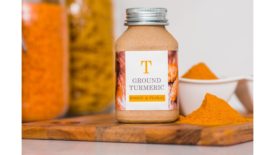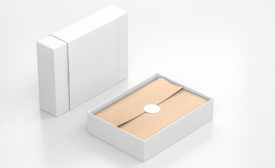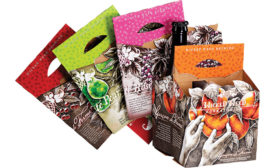Home » Keywords: » structural packaging
Items Tagged with 'structural packaging'
ARTICLES
Spotlight Feature
The Art & Science of Packaging Design
How to use packaging design to address the evolving needs of today’s consumers.
October 15, 2019
Materials Technology
Finding Inspiration in Packaging Design
Leading designer maintains that today’s consumers demand packaging that creates a distinct brand experience.
August 14, 2018






